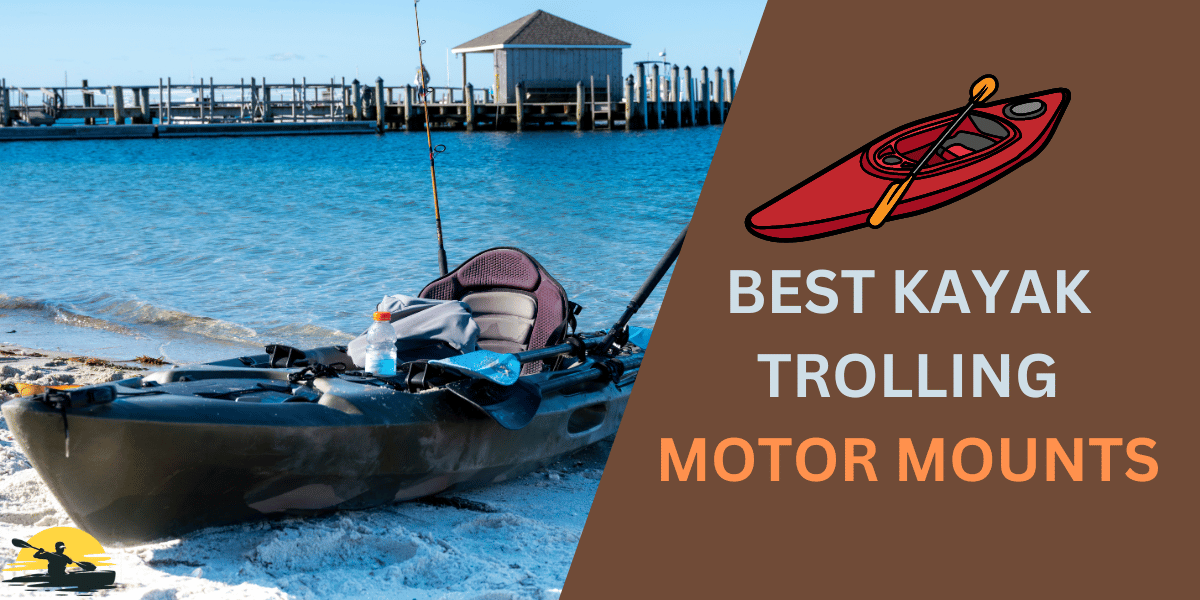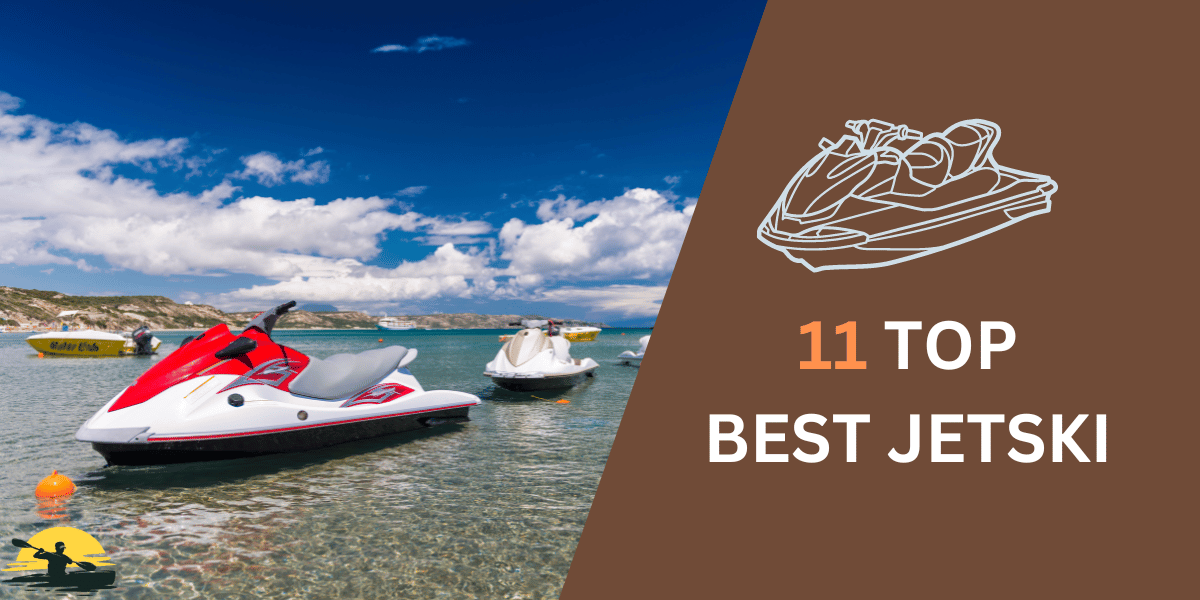
Selecting the right kayak paddle length isn’t just about enhancing comfort during your paddling adventures; it’s crucial for optimizing performance, endurance, and overall enjoyment on the water. With myriad options available, it’s easy to navigate through a sea of kayak paddles, sizing guides, and varying opinions on what suits best for different kayaking styles and conditions.
Whether you’re embarking on serene lake journeys, tackling white-capped rivers, or enjoying a casual paddling pace along coastal inlets, understanding the nuances of paddle length will ensure your kayaking time is rewarding and efficient.
Understanding Kayak Paddle Length
The Basics of Kayak Paddle Length
Kayak paddle length is a pivotal factor influencing paddling efficiency, comfort, and maneuverability. The right size paddle helps reduce fatigue and ensures you maintain a good paddling pace without carrying extra swing weight.

Here’s a table that breaks down key factors influencing kayak paddle length, offering a simplified guide to help you find the right size for your needs. This table considers a person’s height, the kayak’s width, and the preferred paddling style among the most significant factors in determining the ideal paddle length.
| Paddler’s Height | Kayak Width | Paddling Style | Recommended Paddle Length |
|---|---|---|---|
| Under 5’5″ | Under 23″ (narrow) | High Angle | 210-220 cm |
| Low Angle | 220-230 cm | ||
| 24″ to 28″ (medium) | High Angle | 215-225 cm | |
| Low Angle | 225-235 cm | ||
| Over 29″ (wide) | High Angle | 220-230 cm | |
| Low Angle | 230-240 cm | ||
| 5’5″ to 5’11” | Under 23″ (narrow) | High Angle | 215-225 cm |
| Low Angle | 225-235 cm | ||
| 24″ to 28″ (medium) | High Angle | 220-230 cm | |
| Low Angle | 230-240 cm | ||
| Over 29″ (wide) | High Angle | 230-240 cm | |
| Low Angle | 240-250 cm | ||
| Over 6′ | Under 23″ (narrow) | High Angle | 220-230 cm |
| Low Angle | 230-240 cm | ||
| 24″ to 28″ (medium) | High Angle | 225-235 cm | |
| Low Angle | 235-245 cm | ||
| Over 29″ (wide) | High Angle | 240-250 cm | |
| Low Angle | 250-260 cm |
Notes:
- Paddler’s Height: This is a general guideline; torso length can also significantly affect the ideal paddle length.
- kayak Width: Typically, the more comprehensive your kayak, the longer your paddle may need to reach the water comfortably without leaning.
- Paddling Style:
- High Angle Paddling involves more vertical, powerful strokes, suitable for speed lovers and those navigating rough waters.
- Low Angle Paddling is characterized by more horizontal, relaxed strokes, favored by recreational kayakers and endurance paddlers.

Factors Influencing Paddle Length Choice
Several important factors come into play when choosing your paddle length:
- Kayaker’s height and torso length: These physical characteristics are fundamental in sizing kayak paddles, as they affect your reach and how effectively you can stroke in the water.
- Kayak width: The more comprehensive your boat, especially at its widest point, the longer paddle you need to comfortably reach the water without overextending.
- Paddling style: High-angle and low-angle-low-angle paddling require different lengths for efficiency and comfort.
- Water conditions: Calm waters accommodate longer paddles for an endurance-focused paddling pace, whereas rougher seas benefit from shorter, more manageable paddles for quick, responsive movements.
Common Mistakes to Avoid

Choosing Based Solely on Height
While height provides a baseline for paddle selection, relying on this alone can lead you astray. Factors like the kayak’s width and your preferred paddling style are equally critical.
Ignoring Kayak Width
Most stock boat models come in various widths, significantly impacting your paddle size choice. A kayak paddle sizing guide can offer recommendations based on guide kayak width, helping you find the best paddle length for your boat model.
Overlooking Paddling Style
Your paddling style—whether you’re a low-angle paddler enjoying a casual paddling pace or a high-angle paddler pushing for speed—dictates the length and type of paddle that will suit you best. High-angle paddles typically feature wider blades for more power in each stroke, whereas low-angle paddles have narrower blades for endurance and ease of use over long distances.

Neglecting Water Conditions
The water where you plan to kayak plays a significant role in choosing your paddle. Sea kayaks, touring kayaks, and fishing kayaks may require different paddles based on the typical water conditions, from calm lakes to fast-moving rivers.
How to Determine the Right Paddle Length for You

Step-by-Step Guide
- Measure your torso height: Sitting straight, measure from the seat to your nose to estimate your torso length, which directly influences paddle length.
- Consider your kayak’s width: The more comprehensive your boat, the longer your paddle needs to reach the water on either side efficiently.
- Identify your paddling style: Decide if you prefer high-angle or low-angle paddling and choose a paddle designed for that style, considering the blade shape and shaft type (straight shaft paddle or bent shaft).
Tools and Resources
An online sizing guide or manufacturer’s kayak paddle size chart can provide an excellent initial point. These resources often recommend paddle sizes based on kayak width, paddler height, and sometimes weight and paddling style.
Adjusting and Customizing Your Paddle
Adjustable paddles offer versatility for those refining their paddling style or sharing gear. For unique needs or preferences, a custom paddle, potentially with fiberglass blades or carbon fiber construction, can be a game-changer, providing the perfect balance, weight, and blade shape for your paddling adventures.

Maintenance Tips to Ensure Optimal Performance
consistent maintenance, such as checking for damage and adequately storing your paddle, will extend its lifespan and ensure it’s always ready for your next journey. Look out for signs of wear on the paddle blades and shaft, and avoid leaving your paddle exposed to the elements for prolonged periods.
Upgrading Your Paddle
Knowing when to upgrade can make all the dissimilarity in your kayaking experience. Advanced materials like carbon fiber or fiberglass shafts can reduce swing weight, and ergonomic designs like bent shafts can minimize strain during long paddles. These features enhance your paddling pace, reduce fatigue, and increase enjoyment.
Conclusion
Choosing the right size kayak paddle is more complex than it might seem. By understanding the factors that influence paddle length and avoiding common selection mistakes, you can ensure your kayaking excursions are as enjoyable and efficient as possible.

Remember, the best paddle length complements your paddling style, fits the kayak width, and suits the water conditions you most frequently encounter. Take the time to find your perfect paddle and elevate your kayaking experience to new heights.
Frequently Asked Questions
What paddle length is best for a kayak with an abnormally narrow boat width?
A shorter paddle often suits kayaks with an abnormally narrow boat width. This allows for more efficient strokes without overreaching, enhancing control and minimizing effort. When kayak shopping, aim for a paddle that complements the reduced width by ensuring it allows for comfortable, efficient strokes close to the hull.
How does paddle blade shape affect my kayaking experience?
The paddle blade shape influences water resistance, control, and power. Blades that are wider or beveled outward are great for speed lovers and whitewater kayakers, providing more surface area for powerful strokes. Conversely, narrower or streamlined blades are preferred by recreational kayakers and those favoring accurate low-angle strokes for their efficiency over long distances.
Should seat height influence my choice of paddle’s length?
Yes, seat height is crucial in determining the appropriate paddle length. A higher seat position elevates your center of gravity, potentially requiring a longer paddle to reach the water comfortably. Conversely, sitting lower in the kayak might allow you to use a shorter paddle, especially for high-angle paddling techniques.
How do I choose between high-angle and low-angle paddles?
Your choice between high– and low-angle-low-angle paddles should reflect your style. High-angle paddles, characterized by wider blades and designed for robust, high-angle strokes, suit aggressive paddling and speed. Low-angle paddles, with longer, narrower blades, support a more relaxed, endurance-focused paddling pace with low-angle strokes, ideal for longer journeys or recreational kayaking.
What considerations should I consider when sizing paddles for a flat bottom or V-shaped kayak?
You may need a longer paddle to reach the water effectively for flat-bottom kayaks, which are typically broader and more stable. V-shaped kayaks, offering more speed and efficiency, might allow for a slightly shorter paddle due to their narrower width. Consider the kayak’s width at its widest point, paddling style, and physical dimensions to find the new paddle that best fits your needs.










